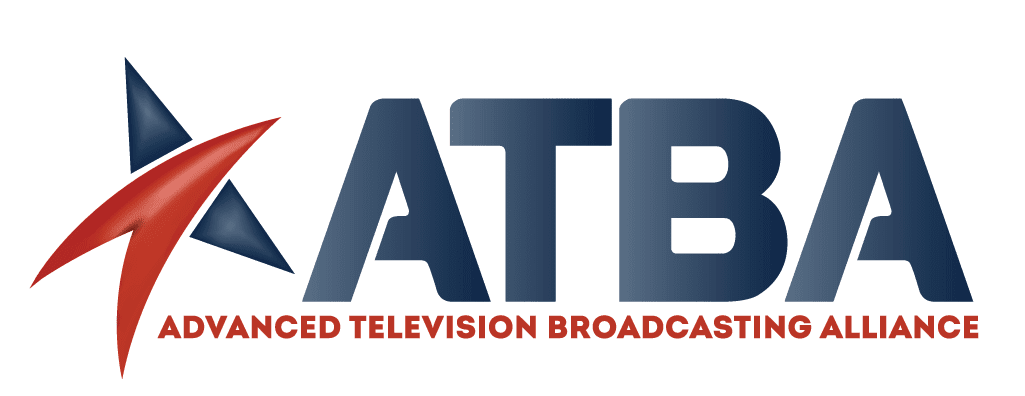Mission Statement
“To advocate for and support the complete utilization of television broadcast spectrum, ensuring that all broadcasters, including LPTV stations, harness advanced technologies such as ATSC 3.0 to deliver diverse, innovative, and accessible media content.”
Vision Statement
“Empowering a future where broadcast technology meets cutting-edge innovation to provide universal access to premium, diverse, and interactive media experiences.”
About ATBA The Advanced Television Broadcasting Alliance (ATBA), originally formed as the Coalition for Free TV and Broadband, is a pivotal force in the broadcasting industry, dedicated to leveraging the entire television broadcast spectrum for maximum public benefit. Established at a crucial time just before the legislation of spectrum auctions, ATBA has evolved from a coalition to a robust alliance with a sustainable operational structure, focused on advocating for broadcasters’ rights and technological advancements.
Our History Founded during the NRB Convention in Nashville, ATBA transitioned from its original coalition form to become a sustaining organization equipped with dedicated staff and resources. This strategic shift enabled us to effectively champion the rights of broadcasters and promote advanced broadcasting standards, including the pivotal ATSC 3.0, which integrates seamlessly with modern OTT platforms.
Our Work ATBA stands at the forefront of broadcasting innovation, promoting the Broadcast Overlay Plan, which advocates for the adoption of advanced television standards that enhance consumer choice, increase broadcast revenue, and provide substantial economic benefits to the community and the country. Our initiatives focus on increasing spectrum efficiency, enhancing video and audio compression, and supporting interoperable standards that ensure broadcasters can thrive in an increasingly digital landscape.
Who We Serve Our alliance serves a diverse group of stakeholders including full-power operators, low-power operators, and companies vested in a vibrant broadcasting ecosystem. We ensure that every broadcaster, irrespective of size, can effectively navigate the complexities of modern broadcasting technologies and regulatory environments.
Join Us As we continue to expand our influence to encompass both traditional broadcasting and burgeoning digital platforms, we invite all industry professionals who are passionate about the future of broadcast media to join our efforts. Together, we aim to redefine broadcasting excellence and ensure an innovative, inclusive, and industry-leading approach to media delivery.





